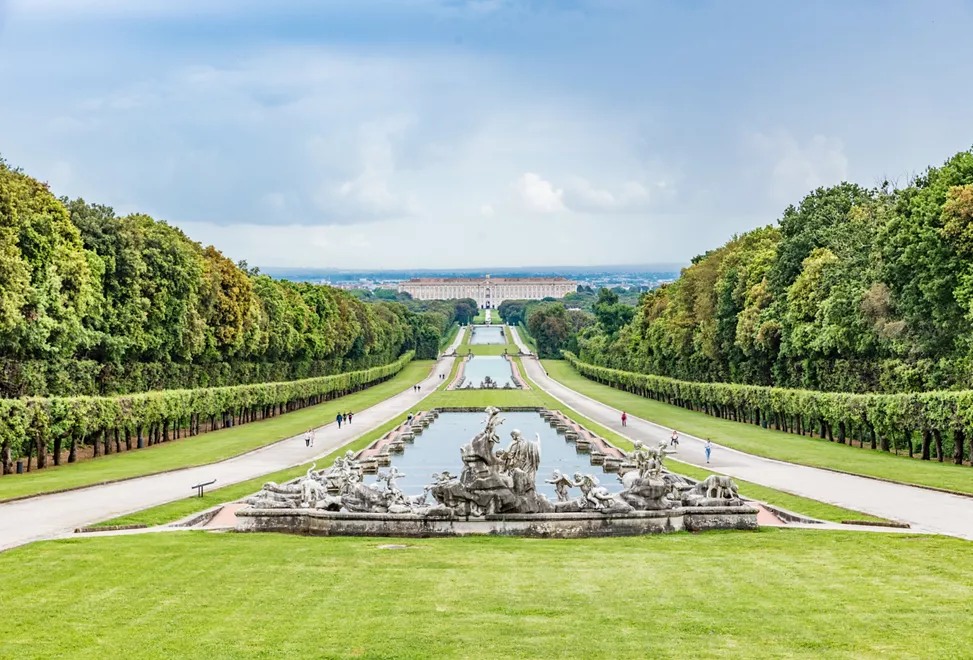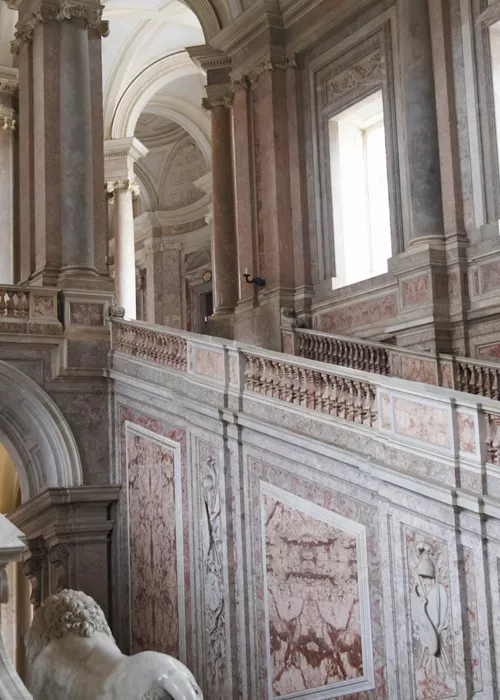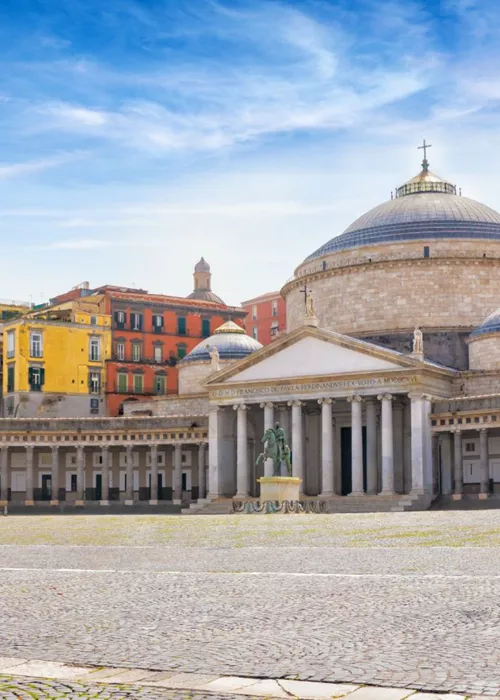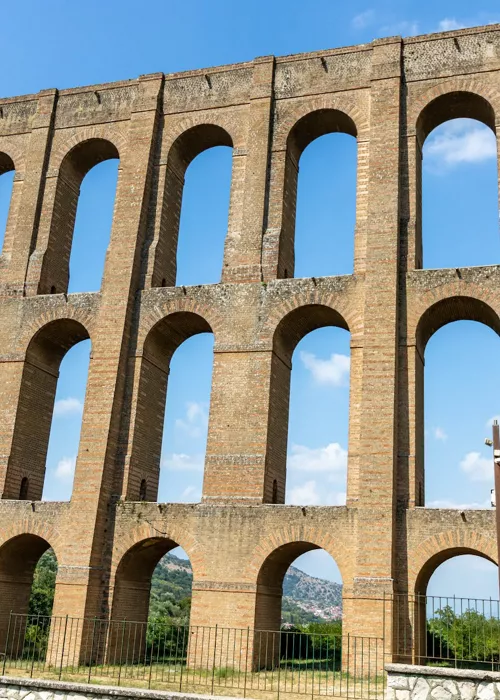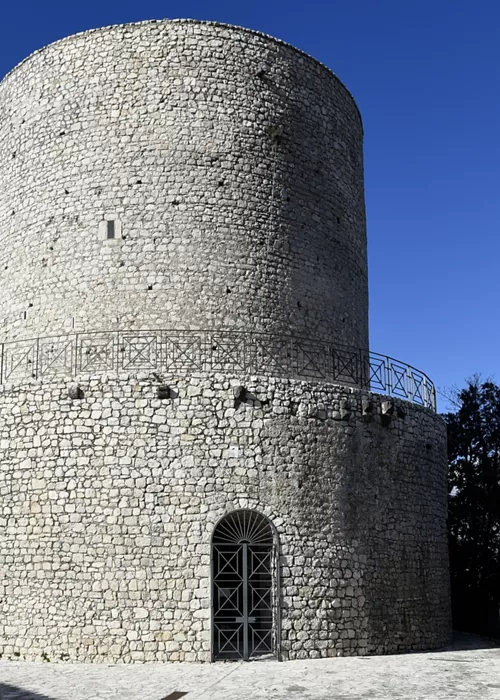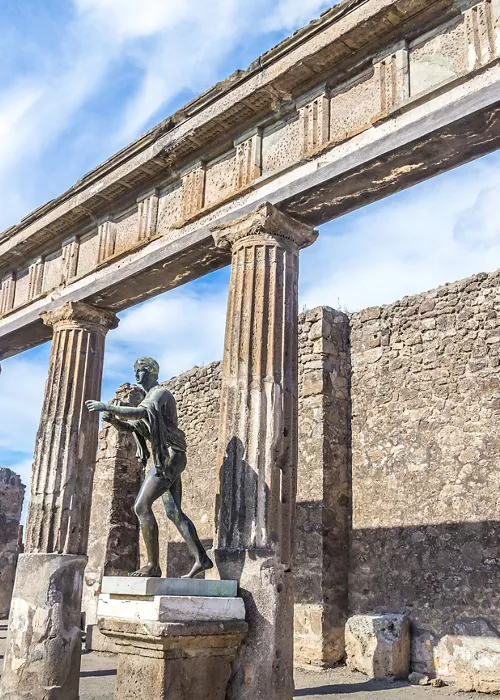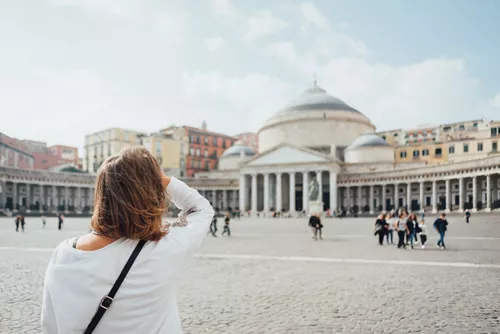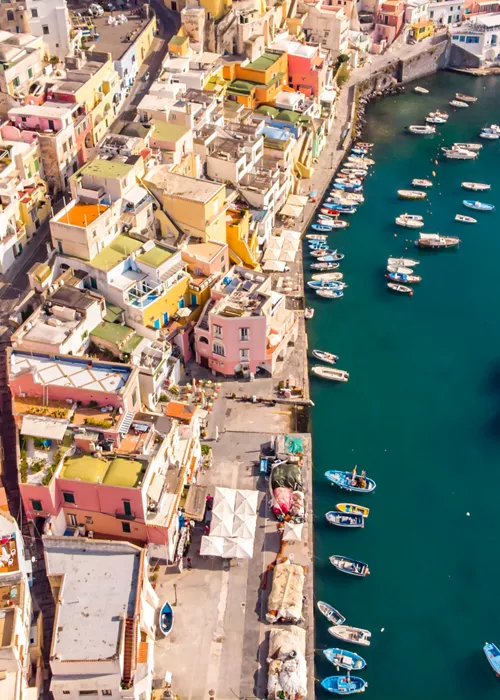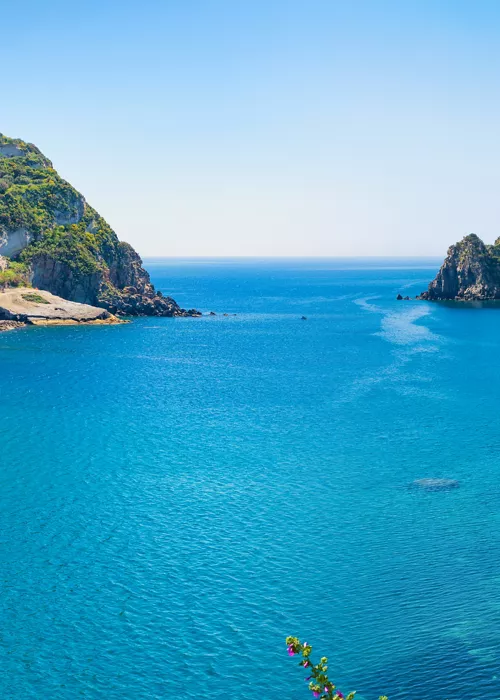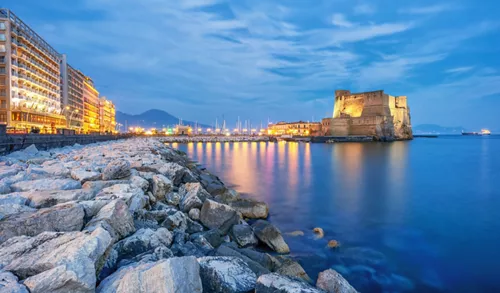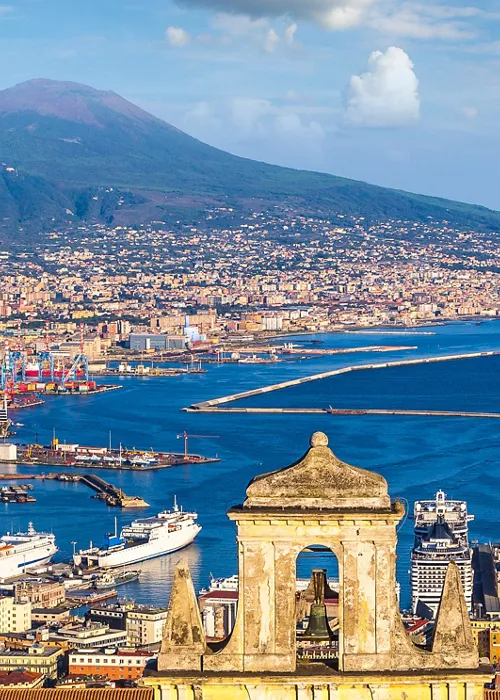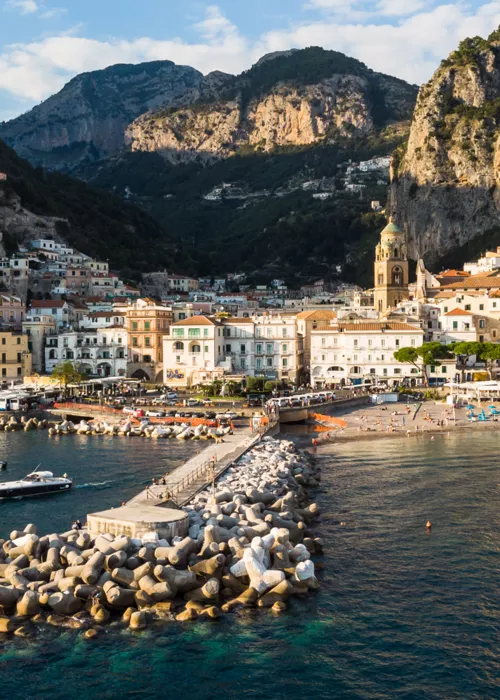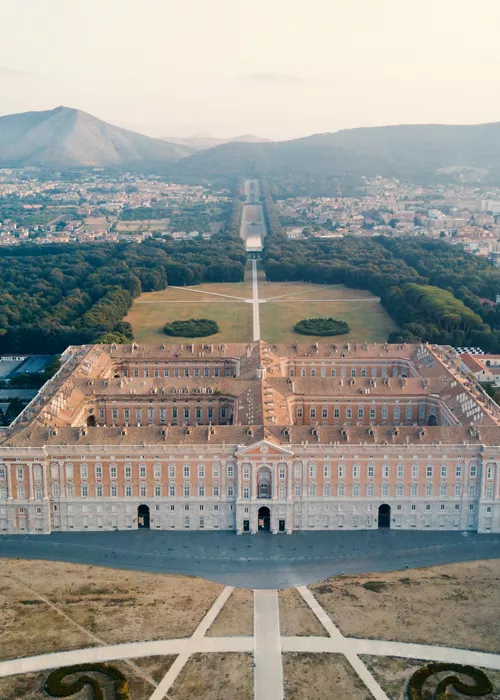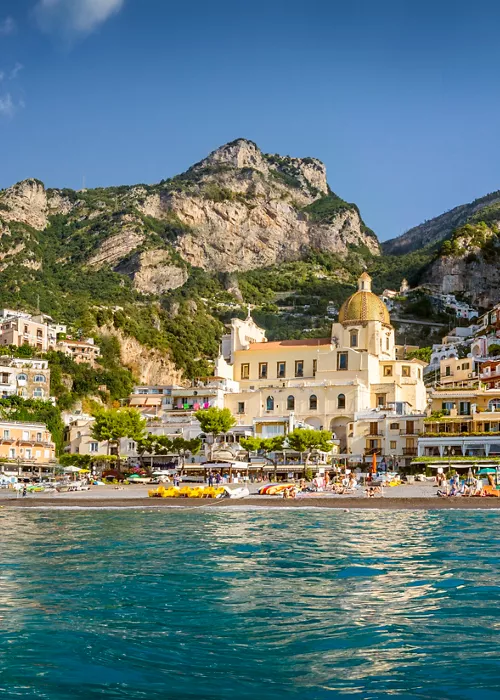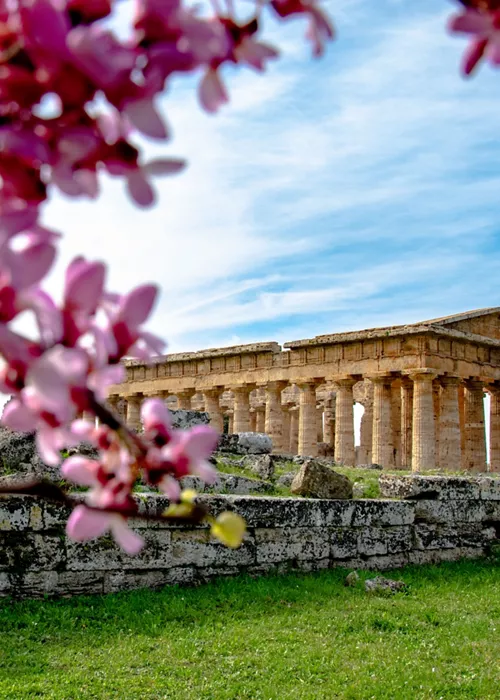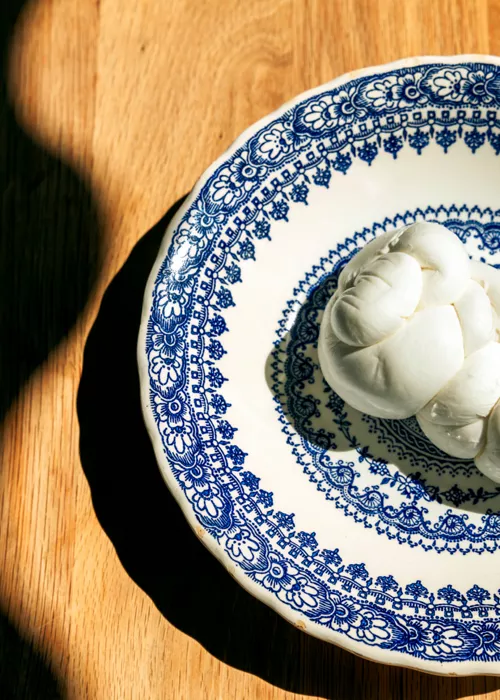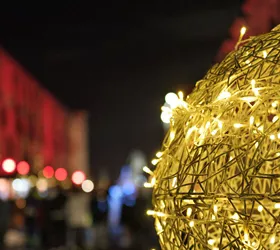The Reggia of Caserta: sumptuous triumph of Italian Baroque
4 minutes
The former is the palace, which used to be the largest in the world, with its opulent and beautiful royal flats, a riot of marble, frescoes, paintings and period furnishings; the latter features gardens that deserve a visit on their own, as the ultimate expression of care and elegance.
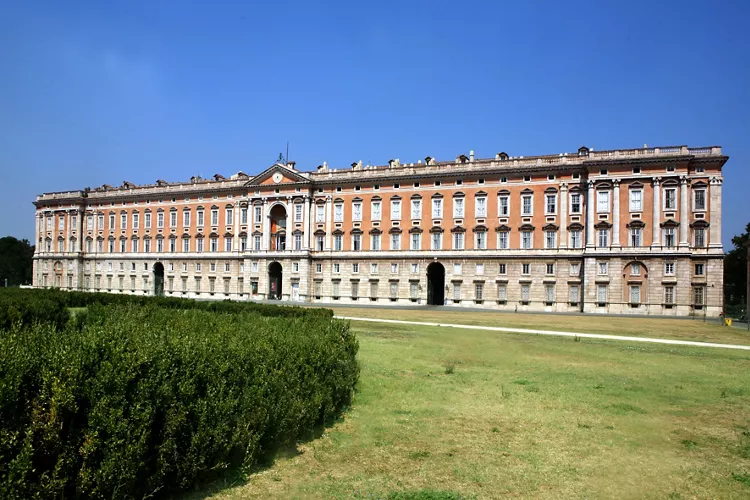
There are therefore many reasons to visit the Royal Palace of Caserta, from its history to the everlasting charm of an open-air museum.
Located just a few kilometres from Naples, easily accessible by train from Rome, the Royal Palace of Caserta has 1,200 rooms and 34 magnificent staircases.
Sumptuous, it was built with two royal residences in mind: the Palace of Versailles of the kings of France and the Escorial Palace on the outskirts of Madrid, of the kings of Spain.
Today, the Royal Palace of Caserta is an essential tourist destination to go back in time enjoying a luxury that never tires.
History and information on the Royal Palace of Caserta
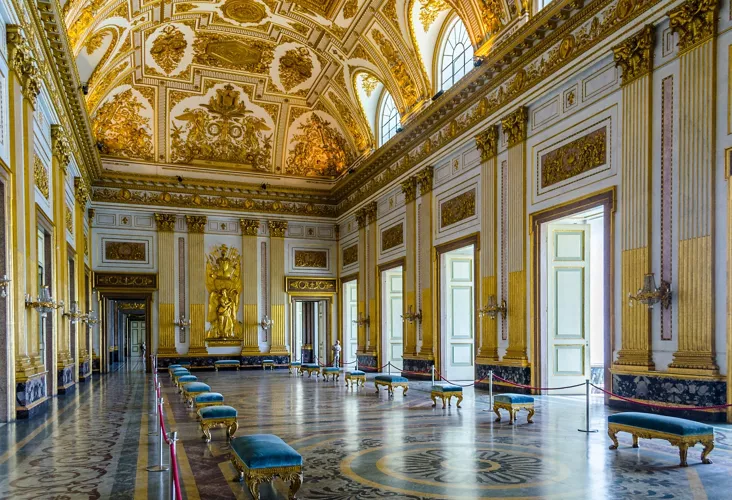
The last great expression of Italian Baroque, the Royal Palace of Caserta is linked to the figure of Charles of Bourbon, who commissioned the architect Luigi Vanvitelli with the project and was able to see its construction begin in early 1752.
The imposing complex, a symbol of the wealth and power of the Bourbons, was only completed in 1845, when the Kingdom of Naples and the Kingdom of Sicily was unified as the Kingdom of the Two Sicilies.
Why it became a UNESCO site
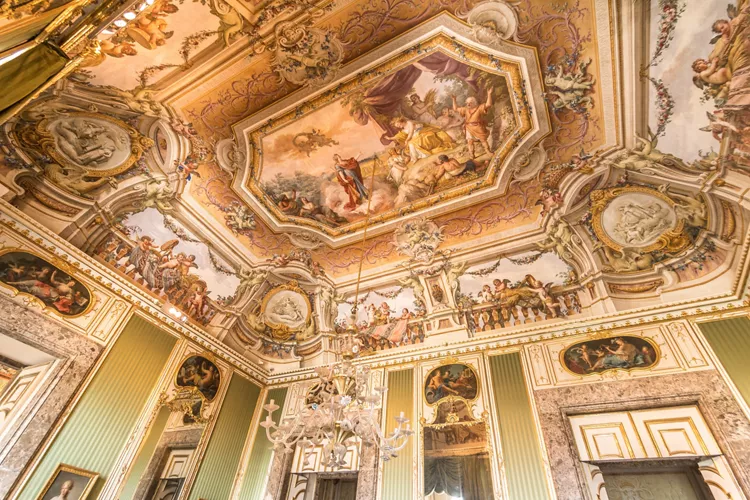
The Reggia of Caserta was declared a UNESCO World Heritage Site in 1997 for its sumptuous palace with features similar to those of other 18th-century royal residences and for the natural environment in which it is set and the infrastructure surrounding it.
In fact, this extraordinary building is flanked by the Monumental Complex of the Belvedere di San Leucio, an autonomous community of workers based on egalitarian and meritocratic principles, and the imposing Acquedotto Carolino, infrastructure built to feed the waterworks of the Reggia and the needs of the city.
What to see at the Royal Palace of Caserta
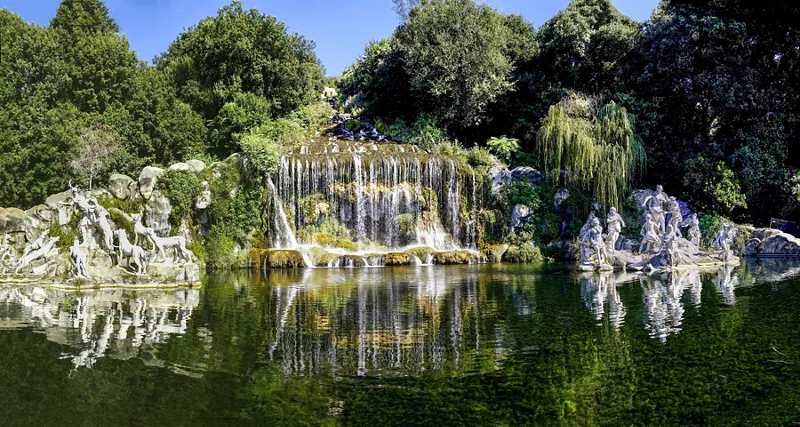
The Royal Palace of Caserta can amaze even the most demanding visitors. It is impossible not to be fascinated by this jewel, even a few meters from the entrance to Piazza Carlo di Borbone.
Once there, you have two options: immerse yourself in the huge Palace park, which also includes an impressive English Garden, or head for the Royal Apartments.
We suggest, especially if you arrive in the morning, that you start at the gardens, walking along the main street to the Fountain of Diana and Actaeon and large waterfall behind it.
If you are not ready for a long walk, take advantage of the shuttle service or bike rental available on site. The Royal Park is a typical example of an Italian garden, but on your way back to the Reggia on foot, you cannot miss the English Garden commissioned by Maria Carolina of Austria.
Halfway between the Reggia and the Fountain of Diana and Actaeon, stop to admire the Fountain of Aeolus, made of Montegrande marble and inspired by the Aeneid in which Juno asks for Aeolus' help in removing Aeneas from Italy. It's time to enter the Royal Apartments and enjoy the Royal Palace of Caserta interiors.
The current Palazzo is accessed via the imposing Scalone d 'Onore (Staircase of Honour ), 116 steps in white Carrara marble leading to a landing from which two ramps lead to the upper vestibule. The entire room, a foretaste of what you will find in the palace, is decorated with colourful marbles and statues. Look up to contemplate the vault frescoed by Girolamo Starace Franchis.
You have arrived at the Piano Nobile and, after a stop at the Palatine Chapel inspired by that of the Palace of Versailles, in quick succession you can visit the Halls of the Four Seasons in the Crown Prince's Quarters, decorated with allegorical frescoes inspired precisely by the seasons, from spring to winter.
The Palatine Library houses more than 14,000 of the most significant European and Neapolitan cultural items. The Elliptical Hall houses the magnificent Nativity scene that the Bourbons set up every year. The nativity scene you can admire, set up in 1988, follows the model commissioned by Ferdinand II in 1844.
On the opposite side of the Piano Nobile is the Quarto del Re. The first room you enter is the Mars Room, for diplomatic activities. From there, one arrives at the majestic Throne Room, the most luxurious in the entire Royal Palace of Caserta, with gold-rich decorations and wonderful vault frescoed by Gennaro Maldarelli to honour the laying of the foundation stone of the Palace.
The entrance ticket to the complex also includes access to the Court Theatre, which can only be visited on Saturday and Sunday mornings from 10 a.m. to 1 p.m. The theatre, with its classical horseshoe shape and five tiers of boxes decorated with putti and festoons, was conceived at a later stage than the planning of the Palace and inaugurated in 1769 by Ferdinand IV and Maria Carolina.

